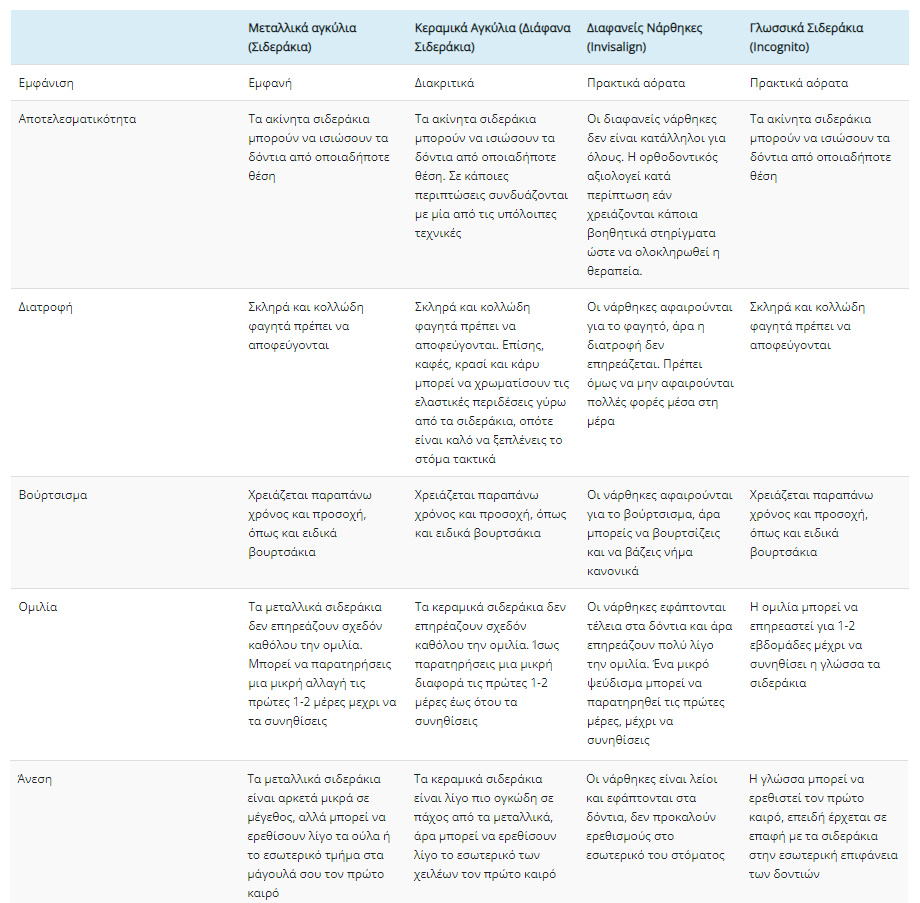Ρωτάτε - Απαντάμε
Έχουμε συγκεντρώσει όλες τις απαντήσεις στις πιο συχνές ερωτήσεις που διατυπώνονται από τους ασθενείς μας.
Με τις σύγχρονες εξελίξεις, υπάρχουν εργαλεία που σας δείχνουν πώς μπορεί να μοιάζει το χαμόγελό σας στο τέλος της θεραπείας. Αυτό είναι ένα εργαλείο προσομοίωσης, που δεν ανταποκρίνεται 100% στο ρεαλιστικό αποτέλεσμα, το οποίο εξαρτάται από πολλούς παράγοντες. Μπορείτε να βρείτε ένα τέτοιο εργαλείο εδώ:
Φυσικά! Η ορθοδοντική βασίζεται στην διαδικασία της απορρόφησης και δημιουργίας οστού γύρω από τα μετακινούμενα δόντια- αυτή η διαδικασία παραμένει ενεργή καθ ‘ολη τη διάρκεια της ζωής. Κάποια σοβαρά προβλήματα υγείας μπορεί να αποτελέσουν αντένδειξη, η ορθοδοντικός θα σας καθοδηγήσει κατάλληλα μετά τη λήψη αναλυτικού ιστορικού.
Καλό είναι να εξετάζει τα παιδιά ορθοδοντικός στην ηλικία των 7 ετών. Συνήθως δεν χρειάζεται κάποια παρέμβαση τότε, παρά μόνο σε περιπτώσεις σκελετικών ή/και λειτουργικών δυσαρμονιών που μπορεί να προκαλέσουν σοβαρότερα προβλήματα μελλοντικά (πχ οπίσθια θέση άνω γνάθου, σταυροειδής σύγκλειση με μετατόπιση της κάτω γνάθου στο κλείσιμο).
Η ορθοδοντικός βγάζει έπειτα ένα εξατομικευμένο πρόγραμμα επανελέγχων ούτως ώστε να δημιουργηθούν οι προϋποθέσεις για την αποτελεσματικότερη (και συντομότερη για το παιδί) αντιμετώπιση της εκάστοτε περίπτωσης.
Η στοματική υγιεινή είναι ακρογωνιαίος λίθος μιας σωστής θεραπείας. Η ορθοδοντικός σας δείχνει ακριβώς πώς πρέπει να καθαρίζετε τα δόντια και τα σιδεράκια δίνοντας βοηθήματα όταν χρειάζεται και συστήνει επίσκεψη και καθαρισμό στον/στην οδοντίατρό σας ανά κάποιους μήνες αναλόγως με την περίσταση.
Προσοχή πρέπει επίσης να δίνεται στο φαγητό, ούτως ώστε να μην σπάσουν τα σιδεράκια ή τα σύρματα, καθώς αυτό κάνει τα δόντια να γυρνάνε στις αρχικές τους θέσεις και να παρατείνεται ο χρόνος θεραπείας. Επίσης, αναψυκτικά τύπου κόλα καλό είναι να αποφεύγονται, όπως επίσης και η κατανάλωση σνακ και γλυκών μεταξύ των γευμάτων, αφού οι μηχανισμοί δυσκολεύουν το καθάρισμα των δοντιών και εντείνουν την κατακράτηση οδοντικής πλάκας (μικροβίων και υπολειμμάτων τροφών). Αναλυτικές οδηγίες σας δίνονται προφορικά και γραπτά όταν τοποθετηθούν οι μηχανισμοί.
Τα προγραμματισμένα ραντεβού πρέπει να τηρούνται. Η ορθοδοντική θεραπεία προχωρά βάσει σχεδίου με προκαθορισμένα ραντεβού ανά 4-6 εβδομάδες συνήθως. Η συχνότητα των ραντεβού εξαρτάται από το είδος των μηχανισμών που χρησιμοποιούνται, καθώς και το στάδιο της θεραπείας. Όταν τα ραντεβού δεν τηρούνται, αυτόματα χάνεται χρόνος στην ομαλή πορεία της θεραπείας και αυτό μπορεί να έχει συνέπειες τόσο στον συνολικό χρόνο που θα χρειαστεί, όσο και στην ποιότητα του αποτελέσματος.
Αρκετές φορές χρειάζονται “λαστιχάκια”, ελαστικά μιας χρήσης που πρέπει να φοριούνται είτε 24ώρες/μέρα, είτε μόνο το βράδυ. Αυτά είναι απαραίτητα ώστε να επιτευχθούν οι στόχοι της θεραπείας, ώστε να μπορέσει να ολοκληρωθεί στον προγραμματισμένο χρόνο.
Η πιο συχνή ερώτηση είναι φυσικά εάν η ορθοδοντική θεραπεία πονάει. Η τοποθέτηση των μηχανισμών είναι εντελώς ανώδυνη. Μετά από μερικές ώρες ξεκινά μια ήπια αρχικά ενόχληση στα δόντια που μετακινούνται, η οποία σταδιακά γίνεται πιο έντονη τις επόμενες 2 μέρες. Συνήθως πρόκειται για πόνο κατά τη μάσηση (όταν δηλαδή τα δόντια πιέζονται μεταξύ τους) ή και αυτόματα ως αίσθηση “σφιχτού τραβήγματος”. Ήπια αναλγητικά (παρακεταμόλη) βοηθούν τις πρώτες μέρες, καθώς και η κατανάλωση μαλακών τροφών σε μικρές μπουκιές.
TIP! Τα πρώτα σύρματα που τοποθετούνται στα σιδεράκια είναι συνήθως υπερελαστικά θερμοενεργοποιούμενα, άρα είναι ενεργά στην θερμοκρασία του στόματος. Αυτό σημαίνει ότι το κρύο νερό ανακουφίζει ελαφρώς την πίεση που ασκείται.
Στο ιατρείο μας χρησιμοποιούμε bracket που μπορούν με ασφάλεια να παραμείνουν στο στόμα κατά τη διάρκεια κάποιας μαγνητικής τομογραφίας. Τα πιστοποιητικά τους δίνονται στον/στην ακτινολόγο εφ’ όσον χρειαστεί. Το ίδιο ισχύει και για τα συγκρατητικά σύρματα που μπαίνουν μετά το τέλος της ενεργούς θεραπείας. Αναλόγως την περιοχή του σώματος που χρειάζεται να εξεταστεί, η ορθοδοντικός σε συνεργασία με τον/την θεράποντα ιατρό και ακτινολόγο αποφασίζουν ανά περίσταση. Πάντα πρέπει να ενημερώνετε την ορθοδοντικό σας για κάποια προγραμματισμένη μαγνητική τομογραφία.
Παρ’ όλο που οι αλλεργίες σε κάποιο υλικό που χρησιμοποιείται στην ορθοδοντική είναι σπάνιες, υπάρχουν εναλλακτικές λύσεις. Αγκύλια τιτανίου και σύρματα χωρίς νικέλιο χρησιμοποιούνται κατά περίσταση, όπως και κεραμικά υλικά και διαφανείς μεμβράνες. Επίσης, χρησιμοποιούνται γάντια χωρίς πούδρα και latex προς αποφυγή ευαισθητοποίησης στα υλικά αυτά. Η ορθοδοντικός σας πρέπει να είναι ενήμερη για οποιαδήποτε υπερευαισθησία παρουσιάζετε (πχ δερματική αντίδραση σε επίχρυσα κοσμήματα μπορεί να κρύβει κάποια ευαισθησία στο νικέλιο), σε όποιο στάδιο της θεραπείας κι αν βρίσκεστε.
Κάποιες γυναίκες κατά τη διάρκεια της εγκυμοσύνης παρουσιάζουν υπερπλασία (πρήξιμο) των ούλων. Αυτό οφείλεται σε ορμονικές αλλαγές και στην κατακράτηση οδοντικής πλάκας (μη αποτελεσματικό βούρτσισμα). Οι ακίνητοι ορθοδοντικοί μηχανισμοί δυσκολεύουν τη στοματική υγιεινή, άρα χρειάζεται επιπλέον φροντίδα ούτως ώστε τα δόντια και τα ούλα να διατηρούνται υγιή. Η εγκυμοσύνη δεν αποτελεί αντένδειξη στην ορθοδοντική θεραπεία, όμως πρέπει η κάθε περίπτωση να μελετηθεί ξεχωριστά για να αποφασιστεί το αρτιότερο εξατομικευμένο σχέδιο θεραπείας.
Η συγκράτηση είναι αναφαίρετο κομμάτι της ορθοδοντικής θεραπείας. Το στόμα είναι ένα τμήμα του σώματος που αλλάζει συνεχώς βάσει των ισορροπιών των δυνάμεων που ασκούνται. Η διάρκεια αυτής της φάσης της θεραπείας εξαρτάται από πολλούς παράγοντες, όπως η αρχική κατάσταση και το σχέδιο θεραπείας. Συνήθως αφορά ακίνητο σύρμα στην πίσω πλευρά των προσθίων δοντιών και διαφανή νάρθηκα που χρησιμοποιείται στον ύπνο. Ο εξατομικευμένος κατάλληλος μηχανισμός μπορεί να διαφέρει τόσο στη μορφή, όσο και στο χρόνο που πρέπει να παραμείνει στο στόμα.
Στο κόστος συμπεριλαμβάνεται η καταγραφή και διάγνωση των προβλημάτων (δύο πρώτα ραντεβού), οι μηχανισμοί και οι επισκέψεις κατά τη διάρκεια της ενεργού θεραπείας (κατά περίπτωση, συνήθως ανά 4-6 εβδομάδες), έκτακτα, οι μηχανισμοί διατήρησης του αποτελέσματος που τοποθετούνται μετά το πέρας της ενεργού θεραπείας και η παρακολούθηση αυτών μετά την τοποθέτησή τους. Η αποπληρωμή αποφασίζεται κατά την παρουσίαση του σχεδίου θεραπείας και είναι δυνατή η δημιουργία άτοκων δόσεων, με εξατομικευμένο για εσάς πλάνο που θα ταιριάζει στις ανάγκες σας.
ΤΙ ΝΑ ΠΡΟΣΕΧΕΤΕ
Χρήσιμοι Σύνδεσμοι
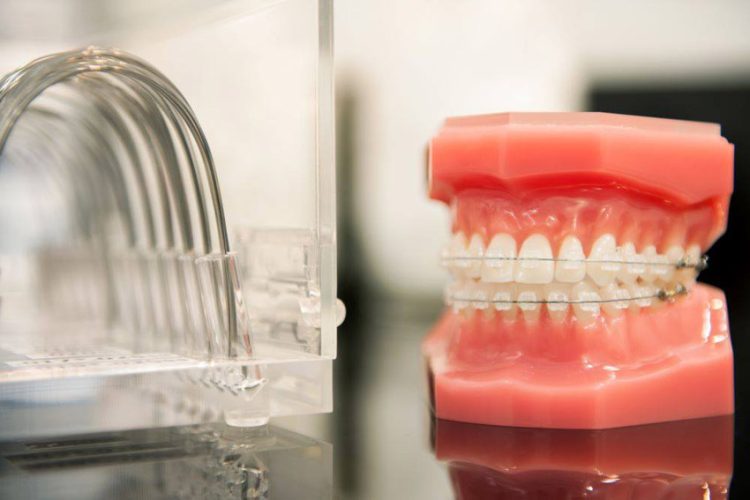
Ορθοδοντική - Ψηφιακή ορθοδοντική
Η ορθοδοντική είναι αναγνωρισμένη ειδικότητα της οδοντιατρικής που ασχολείται με τις δυσαρμονίες των δοντιών και των γνάθων που δημιουργούν λειτουργικά αλλά και αισθητικά…
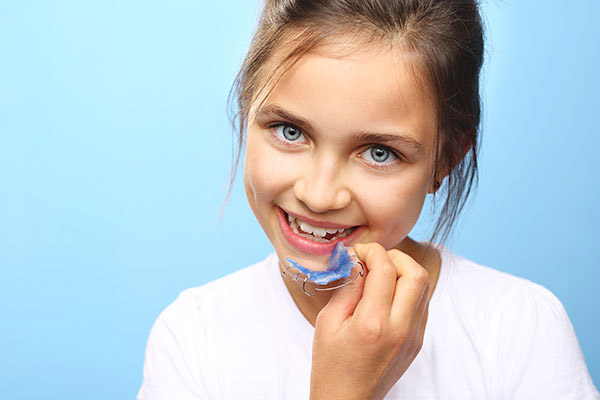
Τι να προσέξουμε ως γονείς;
Πολλοί γονείς μας ρωτάνε τι θα πρέπει να προσέξουν στο παιδί τους και πότε πρέπει να απευθυνθούν σε εμάς. Με την τόσο διαδεδομένη πλέον χρήση των κινητών…
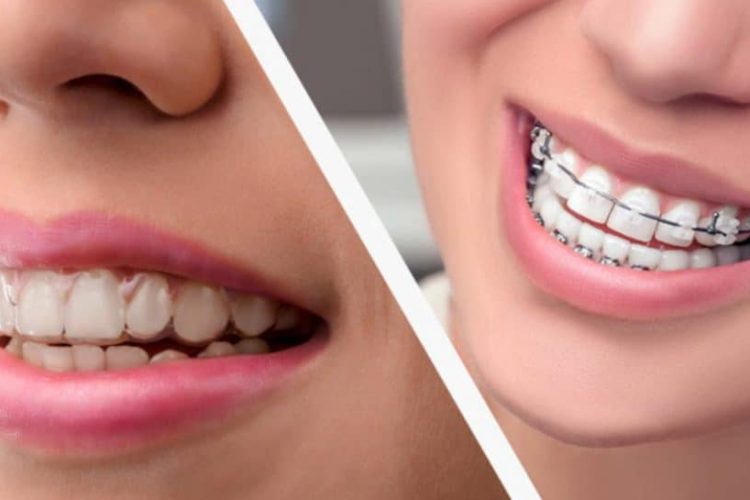
Σιδεράκια ή διαφανείς νάρθηκες;
Σιδεράκια ή διαφανείς νάρθηκες (invisalign); Τι να επιλέξω; Σύγκριση τεχνικών σε επίπεδο εμφάνισης, αποτελεσματικότητας, διατροφής, βουρτσίσματος, ομιλίας και…

"Αόρατη" ορθοδοντική
Η τεχνική “γλωσσικής ορθοδοντικής” με αγκύλια στην εσωτερική πλευρά των δοντιών. 100% εξατομικευμένα αγκύλια και σύρματα ρομποτικής επεξεργασίας…
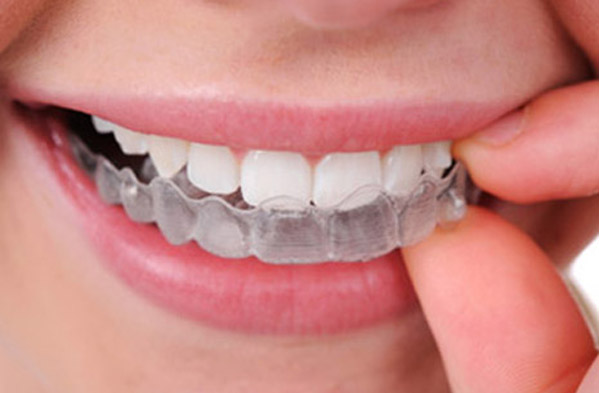
Διαφανείς μεμβράνες
100% εξατομικευμένη, ψηφιακά σχεδιασμένη θεραπεία με διαφανείς μεμβράνες (aligners), που μπορούν να αφαιρεθούν και μετακινούν σταδιακά τα δόντια…


